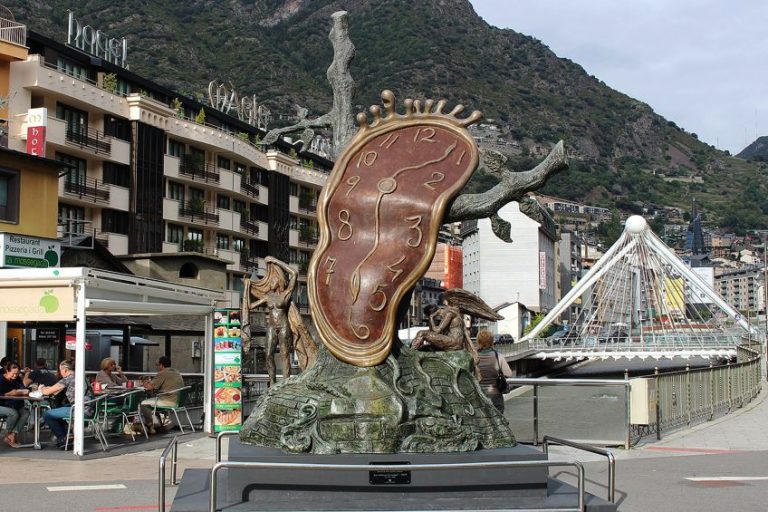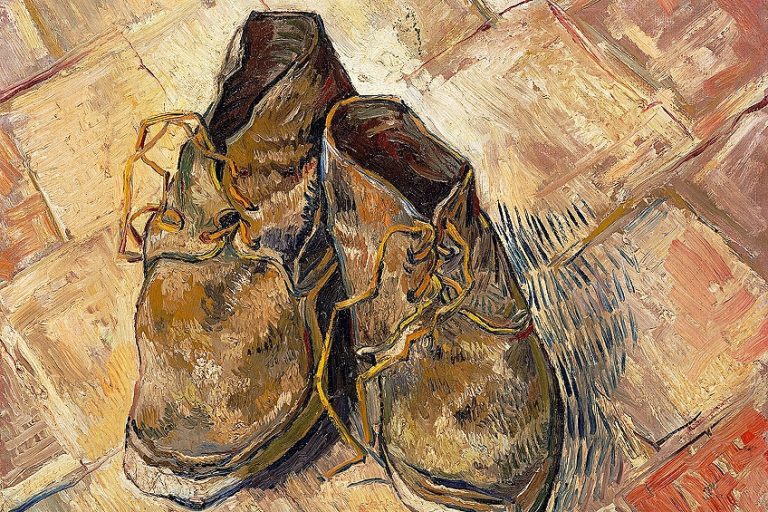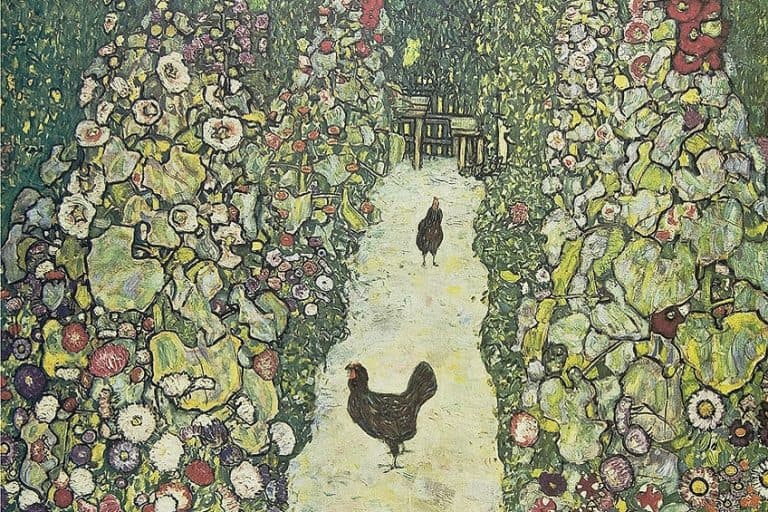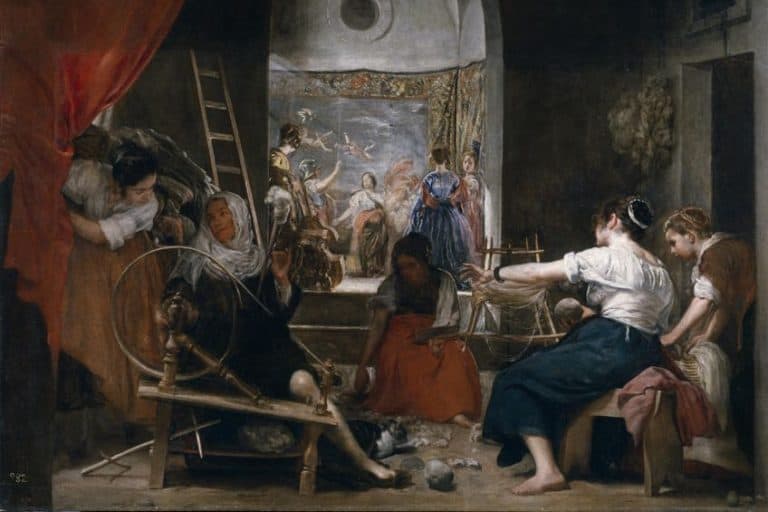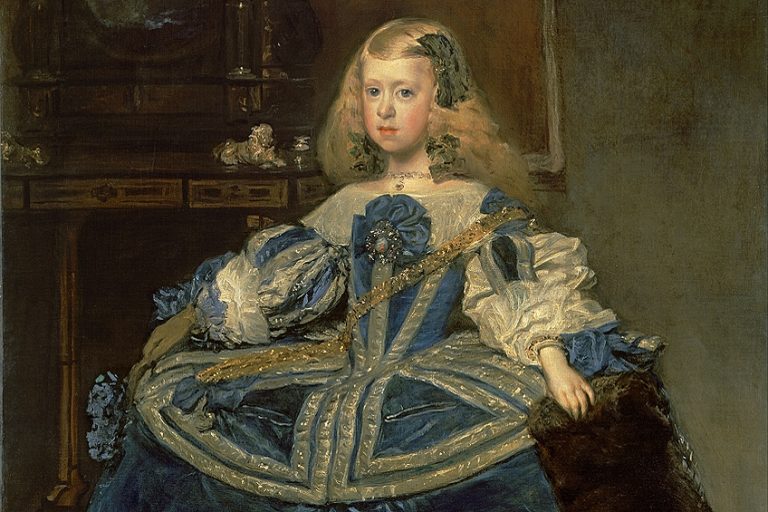“Cakes” by Wayne Thiebaud – The Art of Dessert
Wayne Thiebaud’s iconic painting, Cakes, stands as a vibrant testament to his mastery in capturing everyday delights with extraordinary finesse. Completed in 1963, this delectable piece showcases Thiebaud’s unique blend of realism and playful exaggeration, elevating ordinary subjects into visually enticing realms. Through meticulous attention to detail, vivid colors, and dynamic brushwork, Cakes invites viewers into a world where confectionary delights become artistic marvels, stirring not just the senses but also deeper reflections on the allure of the mundane transformed into the extraordinary.
Key Takeaways
- Cakes by Wayne Thiebaud is a prominent work that has made a lasting impact on Pop Art and continues to resonate with audiences.
- Thiebaud’s use of heavy impasto and vibrant color in Cakes transforms mundane objects into visually delightful compositions.
- The painting serves as a cultural reflection of mid-20th-century Americana, evoking themes of desire and indulgence.
Historical Context of Cakes
| Artist | Wayne Thiebaud (1920 – 2021) |
| Date Created | 1963 |
| Medium | Oil on canvas |
| Genre | Pop Art |
| Period/Movement | Contemporary |
| Dimensions (cm) | 152.4 x 182.9 |
| Series/Versions | Multiple |
| Where Is It Housed? | National Gallery of Art, Washington, D.C., United States |
| What It Is Worth | Varies |
Wayne Thiebaud’s Cakes, a work of art created in 1963, stands as a quintessential piece within the Pop Art movement, with its celebration of everyday objects. In this painting, Thiebaud depicts a variety of meticulously frosted cakes on trays, rendered with his characteristic thick, smooth brushstrokes that mimic the very texture of frosting. This technique contributes to the work’s tactile quality, inviting viewers to almost feel the layers and weight of icing on their fingertips.
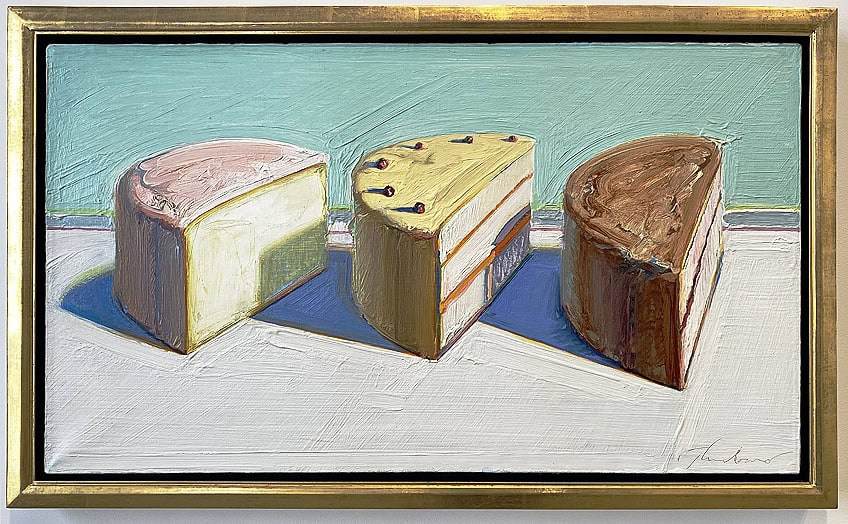
Thiebaud’s artwork transcends the mere representation of sweet treats and delves into the realm of American culture and consumerism, reflecting society’s fascination with abundance and pleasure. His treatment of the cakes as subjects elevates them beyond mere confections, presenting them as icons of desire and satisfaction. With their brightly lit forms standing out against a shadowed background, Thiebaud’s cakes capture a moment in time, crystallizing Americana in a way that is both familiar and exquisite.
From Cartoonist to Fine Artist
Thiebaud started his career as a cartoonist, creating drawings for advertisements and films. This background in commercial art provided him with a foundation in graphic techniques and a keen sense for popular aesthetics. By the 1950s, he transitioned towards fine art, bringing with him a preference for subjects drawn from the everyday world.
Cakes is a reflection of such ordinary objects, elevated to the status of fine art through Thiebaud’s technique and composition.
Exploration of Light and Shadow
Thiebaud’s work is distinctive for its exploration of light and shadow, lending his subjects a sense of tangibility. In Cakes, the use of thick paint application creates a texture that resembles the frosting of cakes, emphasizing the interplay of light and the detailed shadows it casts. This technique contributes to the visual indulgence that the painting offers, simulating a real-life counter display one might find in an American diner.

Pop Art and Beyond
Though Thiebaud’s Cakes predates the height of the Pop Art movement, it exhibits many of its characteristics, such as fascination with commercialism and the everyday objects. However, Thiebaud saw himself as separate from the Pop Art movement. Cakes goes beyond just representation of popular culture; it intimately relates to memory and Americana.
It also hints at the artist’s critical observation of consumerist culture, a thematic feature that aligns him with the broader context of American art in the 1960s.
The Cakes Series
The Cakes series by Wayne Thiebaud, produced in 1963, is a quintessential representation of the Pop Art movement. The series is celebrated for its vivid and stylized depictions of confections, mainly cakes and pies, that resonate with Americana and nostalgia.
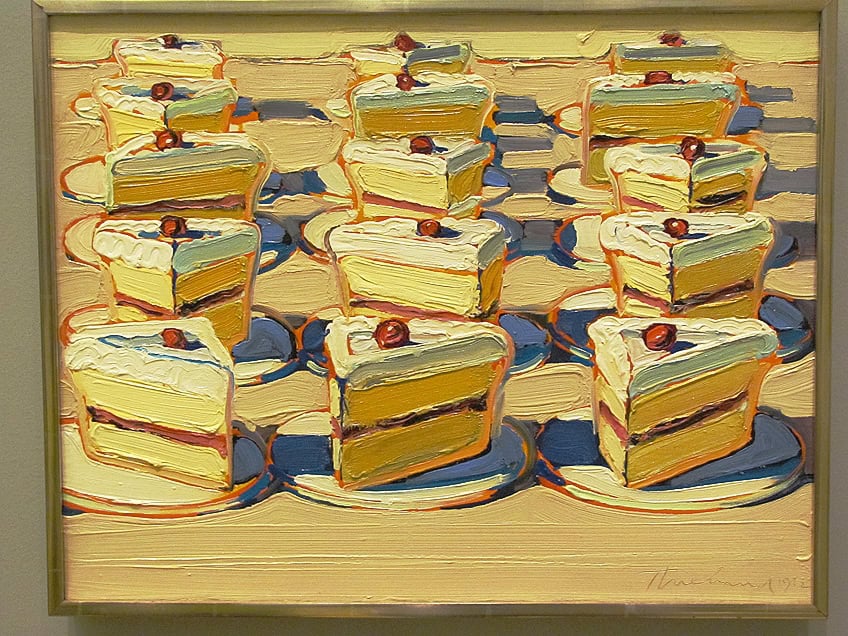
Composition and Style
In Thiebaud’s paintings, the confections are typically arranged in neat rows, creating a rhythmic pattern on the canvas. This orderly structure contrasts with the rich, tactile quality of the icing and cake textures he portrays using thick oil paint.
His technique creates a palpable sense of depth and solidity, drawing viewers into a world of visual indulgence.
Still Life Tradition
Thiebaud revitalizes the still life genre by infusing it with a modern, playful twist. He transforms everyday objects into compelling subjects. The series transcends mere representation of cakes; it becomes a commentary on consumer culture and the mass production of desires.
Influences
While maintaining a neutral stance, Thiebaud’s work subtly acknowledges the influences of his time. They reflect not just the artist’s personal history, having worked in restaurants during his adolescence, but also the collective memory of mid-20th-century diner culture.

Exhibition
Today, Cakes finds its home at the National Gallery of Art in Washington, D.C. Its dimensions, 152.4 x 182.9 cm, allow for an immersive experience, encouraging viewers to engage with the artwork’s tactile realism and iconic status within the art historical canon.
Artistic Analysis of Cakes
Wayne Thiebaud’s Cakes is not only a visual treat but a study in the complexity of everyday objects through the artist’s distinctive perspective and technique.
Use of Subject Matter
In Cakes, Thiebaud doesn’t just portray pastries; he elevates them into icons of Americana. The subject matter is ordinary – rows of deliciously frosted cakes – yet it resonates on a deeper level, evoking a sense of nostalgia and the comfort of familiar rituals associated with these desserts.
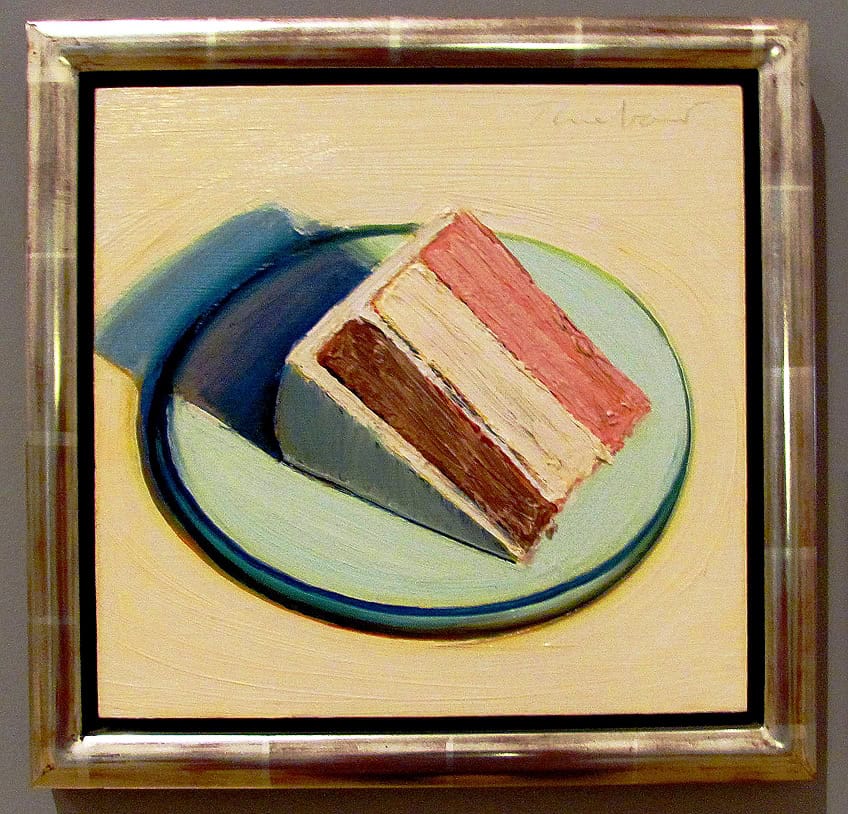
Interplay of Color and Light
Thiebaud’s use of color in Cakes is both striking and nuanced, with a vibrant color palette that adds depth and dimension to the simple shapes of the cakes. Light plays a pivotal role too; it casts subtle shadows and creates an illusion of volume, making the frosting appear almost tangible.
- Vibrancy: The bright colors are lively, creating a joyous atmosphere.
- Shadows: Delicate and precise, they add realism to the composition.
Meaning of the Artwork
The artwork transcends its subject matter to become a commentary on consumer culture and the aesthetics of desire. The repetitiveness and arrangement of the cakes suggest a sense of order and commercial perfection, while the indulgent portrayal of the cakes hints at the cultural sentiment toward consumerism in post-war America.
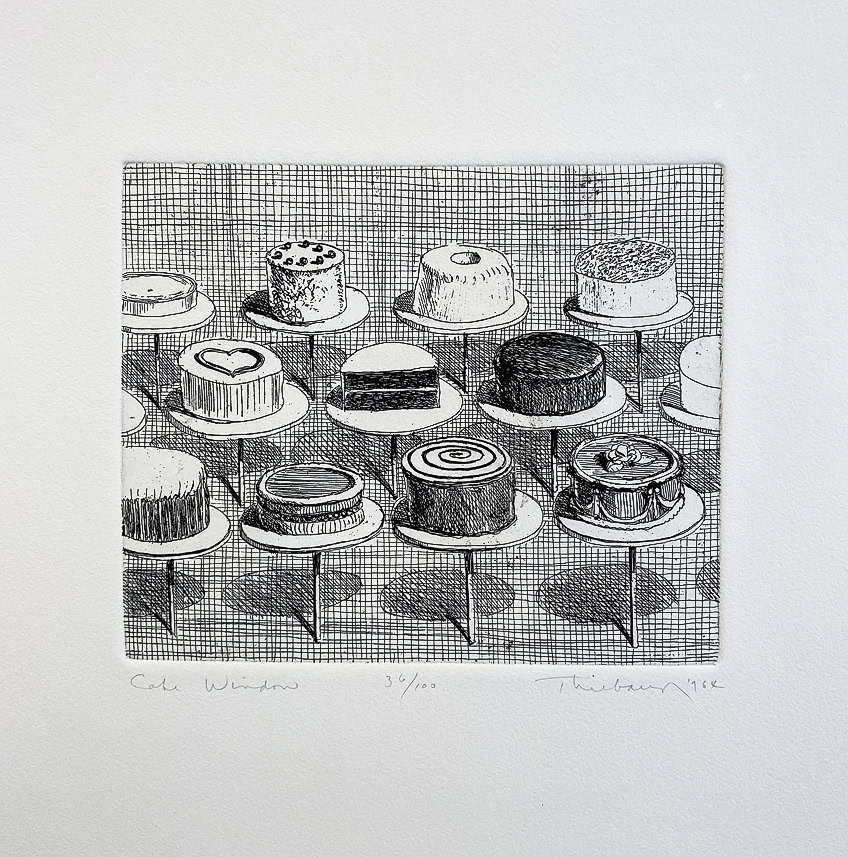
Legacy of Cakes
Thiebaud’s Cakes is a seminal painting that has left a lasting impression on the field of modern art. This work is emblematic of Thiebaud’s exploration of mass culture and consumerism, two recurring themes within the Pop Art movement. His depiction of everyday objects with such fidelity and warmth brought a sense of familiarity to the realm of high art. Thiebaud, unlike other pop artists such as Bruce Nauman and James Rosenquist, had a unique approach that resonated with a wide audience. His artistic legacy, particularly with Cakes, is demonstrated not only through his representation in galleries and museums but also in the way he influenced his students at the University of California, Davis.
Scholars and art enthusiasts note that the tactile quality of Cakes—the almost tangible frosting and textures—challenges the viewers’ perceptions of paintings as mere visual experiences.
The work is also celebrated for its new painting approach to mundane objects, commonplace in mass culture yet presented with a reverence that elevates them beyond their ordinary status. Besides its stand-alone artistic value, Cakes is acknowledged as a fundamental stepping stone in redefining still-life painting.

Thiebaud’s use of thick paint to render the subject has inspired countless artists, helping to chart a course for still-life in contemporary art. The painting remains a testament to Thiebaud’s influence on how everyday objects could become the focal point of profound artistry, bridging World War II’s austerity with the burgeoning consumerism of his time.
Wayne Thiebaud’s Cakes remains a timeless masterpiece that transcends its subject matter to evoke a sense of joy, nostalgia, and admiration for the artistry found in everyday objects. With its vibrant colors, impeccable detail, and whimsical charm, this painting continues to captivate audiences worldwide, serving as a testament to Thiebaud’s unparalleled skill in transforming the ordinary into the extraordinary. As viewers indulge in the visual feast of Cakes, they not only appreciate the beauty of the confectionary treats but also gain a deeper appreciation for the artist’s ability to infuse art with a sense of delight and wonder.
Frequently Asked Questions
What Does Wayne Thiebaud’s Depictions of Cakes Symbolize in His Artwork?
Wayne Thiebaud’s cake paintings often symbolize the everyday pleasures and material abundance of American life. His detailed portrayal of the sugary treats invites viewers to reflect on themes of consumerism and nostalgia.
How Do Wayne Thiebaud’s Cake Paintings Reflect His Style and Technique?
Thiebaud employs thick paint application, vivid colors, and well-defined shadows, creating an almost tactile experience. His style is characterized by a unique blend of realism and abstraction, using both to capture the essence and simplicity of his subject matter.
What Is Considered Wayne Thiebaud’s Most Famous Cake Painting?
While Thiebaud has numerous well-known works, Cakes from 1963 is often considered one of his most iconic paintings. It showcases his signature style and is emblematic of his broader body of work.
How Has Wayne Thiebaud’s Cake Series Influenced Modern Art?
Thiebaud’s cake series has been highly influential, particularly in the Pop Art movement. It challenges the boundaries between fine art and commercial imagery, inspiring artists to find beauty and significance in ordinary, everyday objects.
Isabella studied at the University of Cape Town in South Africa and graduated with a Bachelor of Arts majoring in English Literature & Language and Psychology. Throughout her undergraduate years, she took Art History as an additional subject and absolutely loved it. Building on from her art history knowledge that began in high school, art has always been a particular area of fascination for her. From learning about artworks previously unknown to her, or sharpening her existing understanding of specific works, the ability to continue learning within this interesting sphere excites her greatly.
Her focal points of interest in art history encompass profiling specific artists and art movements, as it is these areas where she is able to really dig deep into the rich narrative of the art world. Additionally, she particularly enjoys exploring the different artistic styles of the 20th century, as well as the important impact that female artists have had on the development of art history.
Learn more about Isabella Meyer and the Art in Context Team.
Cite this Article
Isabella, Meyer, ““Cakes” by Wayne Thiebaud – The Art of Dessert.” Art in Context. May 23, 2024. URL: https://artincontext.org/cakes-by-wayne-thiebaud/
Meyer, I. (2024, 23 May). “Cakes” by Wayne Thiebaud – The Art of Dessert. Art in Context. https://artincontext.org/cakes-by-wayne-thiebaud/
Meyer, Isabella. ““Cakes” by Wayne Thiebaud – The Art of Dessert.” Art in Context, May 23, 2024. https://artincontext.org/cakes-by-wayne-thiebaud/.





